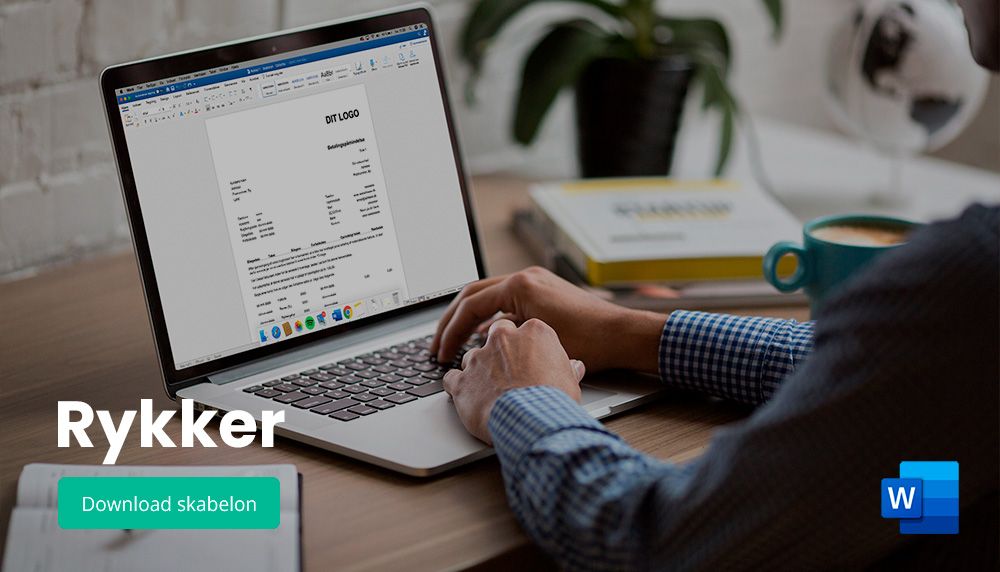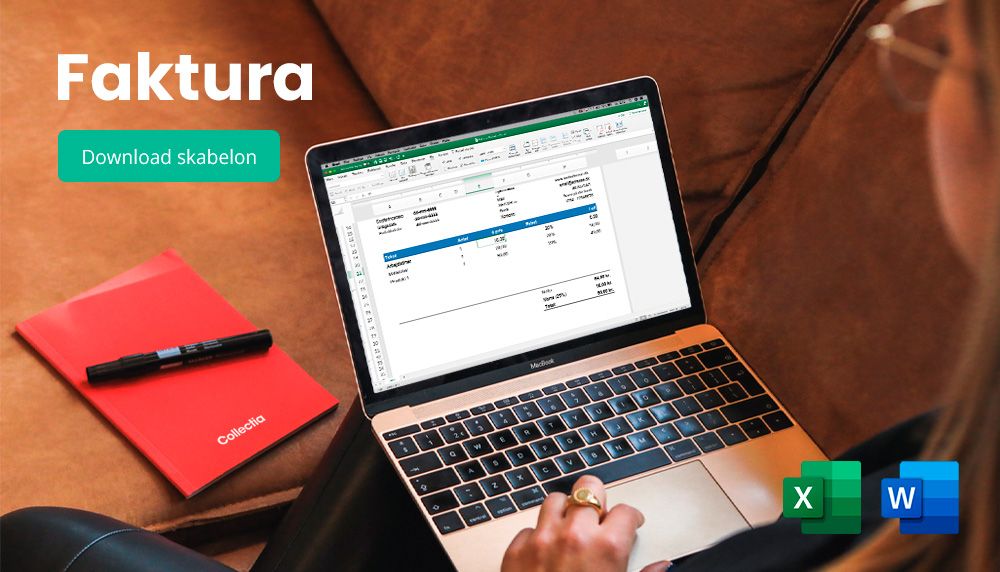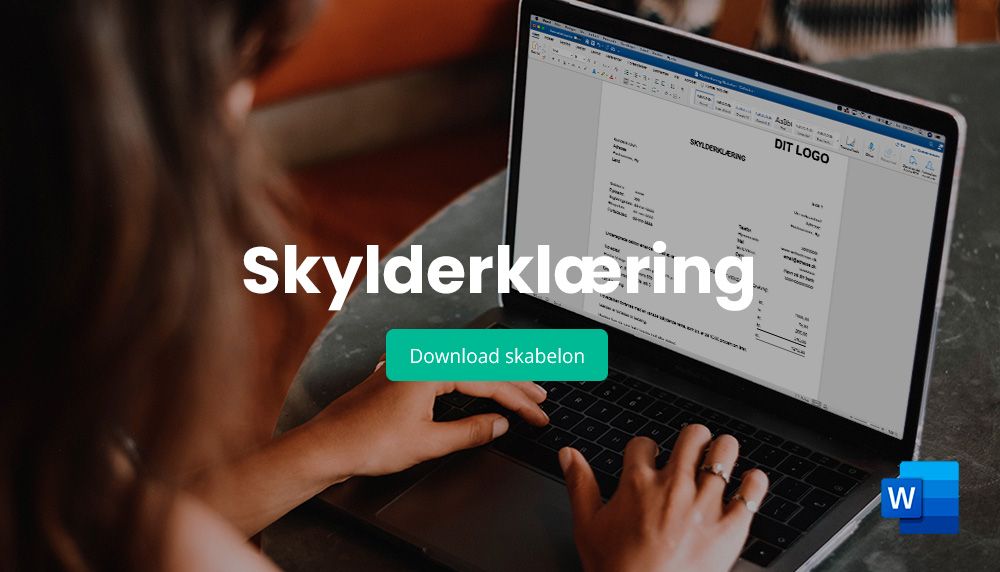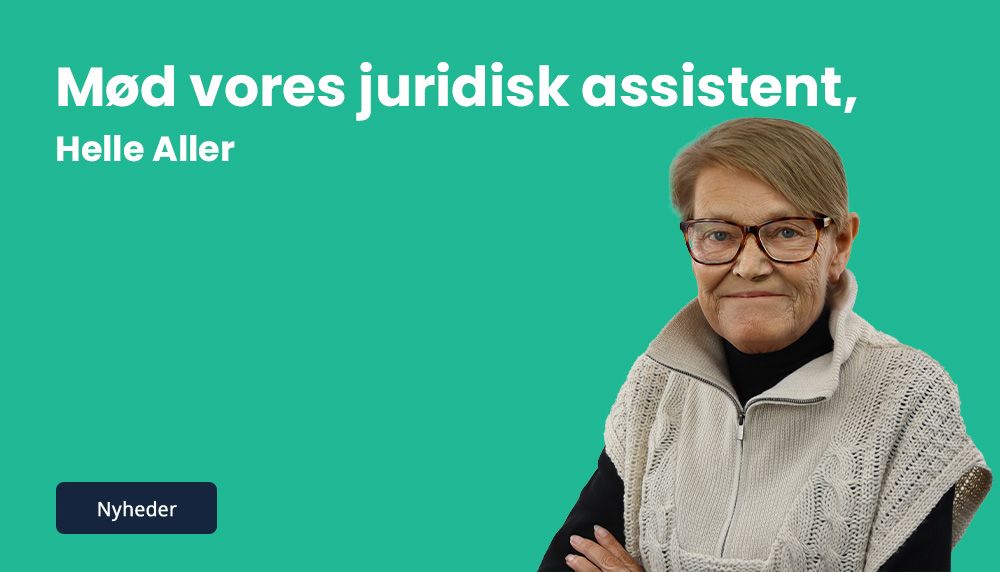
Collection process
A debt collection process is the process that a debtor and his debt collection case go through during a debt collection process, whether it is with a debt collection company, the creditor or a debt collection lawyer.
Basically, there is nothing that you as a debtor can or may do in a debt collection process that a debt collection company or a lawyer can do, but both the lawyer and the debt collection company often have far more experience with what measures a process should include in order to resolve the case quickly and efficiently.
What does a debt collection process look like?
Very few debt collection processes are the same. A debt collection process depends on many factors - but to a large extent on the debtor's willingness to communicate about their debt - and not least their ability and willingness to pay their debts.
There are basically no fixed templates for what a debt collection process should, should or can look like. However, there is a wide range of tools that are more or less statutory - such as imposing fees, sending reminder letters, physical attendance at the debtor's address, registration in debt registers such as Experian or Debitorlisten, or the bailiff court.
Many lawyers and debt collection companies will often present a debt collection process where they show the steps a debtor will go through if the previous actions have not resulted in payment or the start of an installment plan.
A debt collection process always starts with a debt collection notice
Every debt collection process, whether it is carried out by a debt collection company, a lawyer or the creditor themselves, must start with a debt collection notice, also known as a debt collection letter, demand letter, notice of debt collection or a §10 letter.
Whatever your company chooses to call it, it has the same purpose: to notify the debtor that a debt collection process will be initiated if the debtor does not pay the outstanding amount within 10 days of you sending the notice. The purpose of the debt collection notice is to give the debtor a last chance to pay before the collection process starts.
Example of a debt collection process
Despite the fact that very few debt collection processes are the same, the same tools and instruments are often used, but the course of the case depends on which and how many instruments are used.
A debt collection process could look like this:
- Send out a debt collection notice
- Reminder letter with imposed reminder fee
- Imposition of interest
- Calling the debtor
- Physical presence at the debtor's premises
- Summons to the enforcement court
If the debtor responds after the first or second contact, you will typically demand full payment. Alternatively, you can, if possible, enter into an installment plan. An installment plan can therefore also be a tool in a debt collection process.
Do all debt collection processes have an impact?
Let's be honest - not every debt collection process ends with full payment from the debtor. The debtor may go bankrupt, get debt restructuring, or die in the process. But fortunately, the vast majority of debt collection cases are resolved, typically with full payment or a partial payment in an installment plan.
However, not all debt collection processes are equally successful, which is why many debt collection companies and lawyers' debt collection processes also include a so-called judicial debt collection, where the debtor is summoned to the enforcement court.
In the enforcement court, it will be possible to seize the debtor's assets and belongings.











